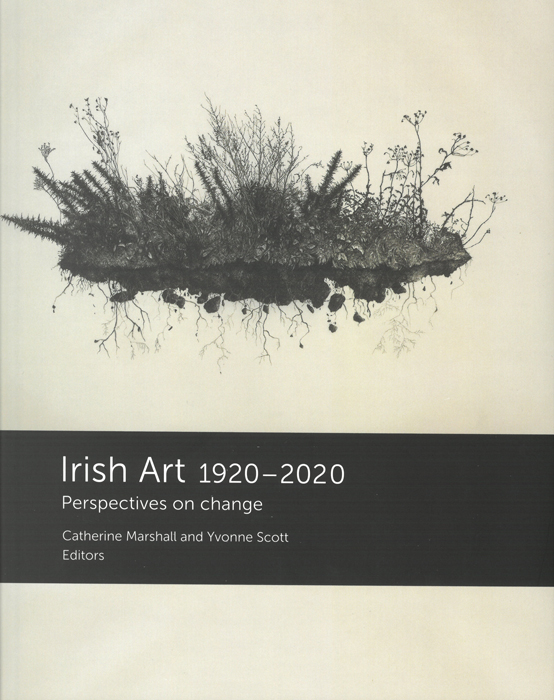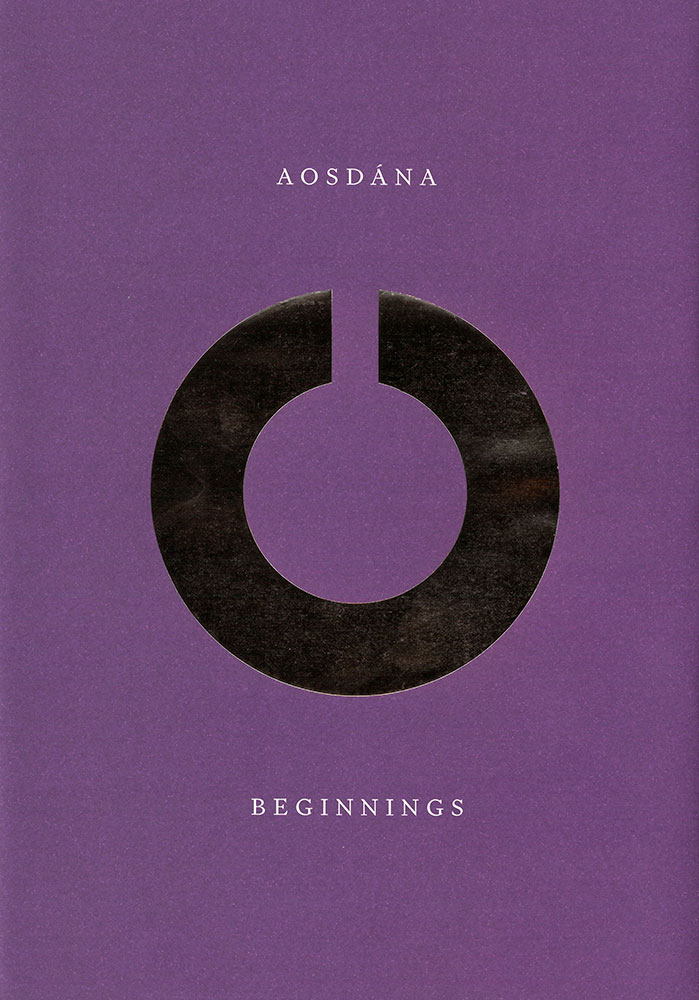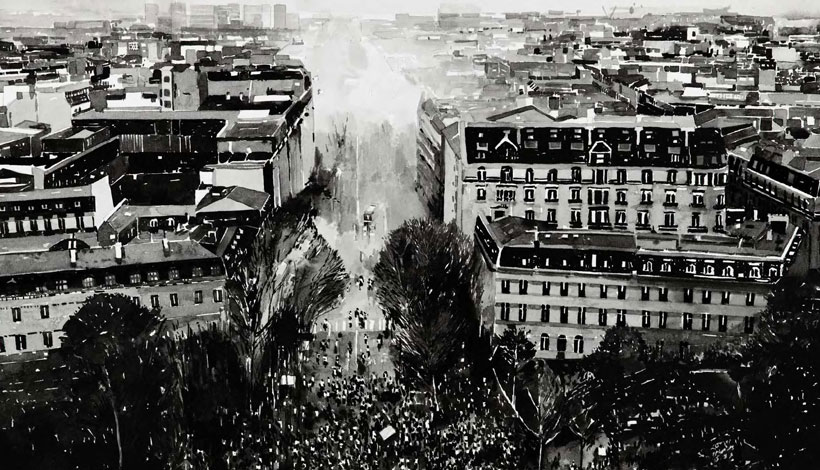
Artist Joy Gerrard is best known for her images that explore mass protest – her portrayal of crowds and the architecture that surrounds and contains demonstrations. These scenes of resistance include protests on the subjects of Brexit, the Black Lives Matter movement, women’s reproductive rights and the climate crisis. ‘Through drawing and painting, I try to capture and reflect the human and affective power which condenses – and explodes – in these architecturally framed spaces,’ she says.
She takes aerial images from the media and assiduously reworks them using hand-ground sumi ink on paper and canvas. She prefers monochrome, ‘to wash the colour from the world, and in this way the image becomes more graphic, more emotionally potent’.
Through the materiality of brush and ink, her striking images translate and liberate the original event from hackneyed news representations
Gerrard has expressed a hope for ‘an alchemy between the original event and my remaking of it’. Through the materiality of brush and ink, her striking images translate and liberate the original event from hackneyed news representations to reveal new layers, wider resonances and the mesmerising patterns of mass meetings when seen in their entirety. They also pose questions about the future of public protest amid increasing state restrictions.
Gerrard’s initial work for the series has evolved through drawings, paintings and large-scale installations. ‘Flag and Barrier’, shown in 2021 at Highlanes Gallery, Drogheda, later toured to the Galway Arts Festival and the Butler Gallery in Kilkenny. Her two-woman show this year at London’s Cristea Roberts Gallery with the late Paula Rego (1935–2022), ‘Image as Protest’, brought together their bodies of work on women’s rights and visualising protest.
Originally from Tipperary and now Belfast-based, she is a graduate of the National College of Art and Design in Dublin and the Royal College of Art in London. Gerrard’s new book, Precarious Freedom: Crowds, Flags, Barriers, in a limited edition of 500, has texts by Ekow Eshun and Ingrid Swenson, with an introduction by Aoife Ruane.
Stephanie McBride
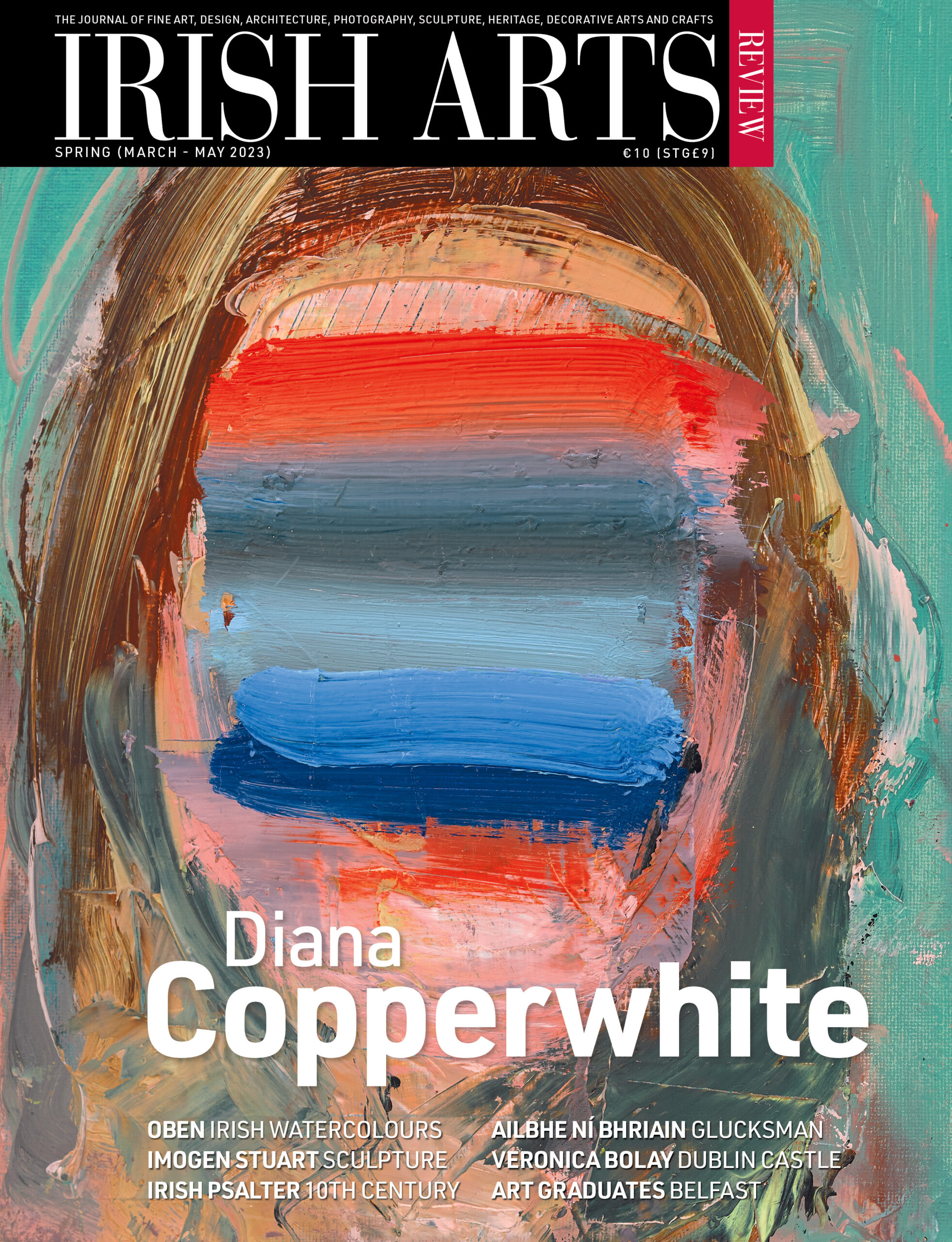
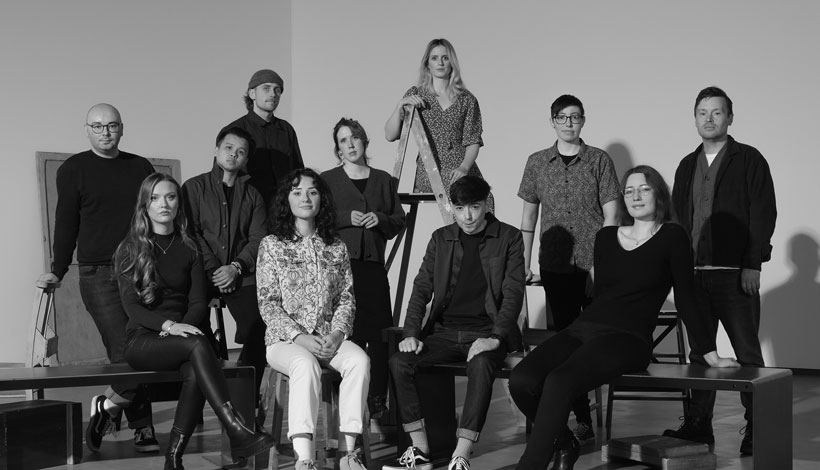
Isabella Evangelisti visits the MAC in Belfast, where the work of selected painting graduates from Belfast School of Art is on show
